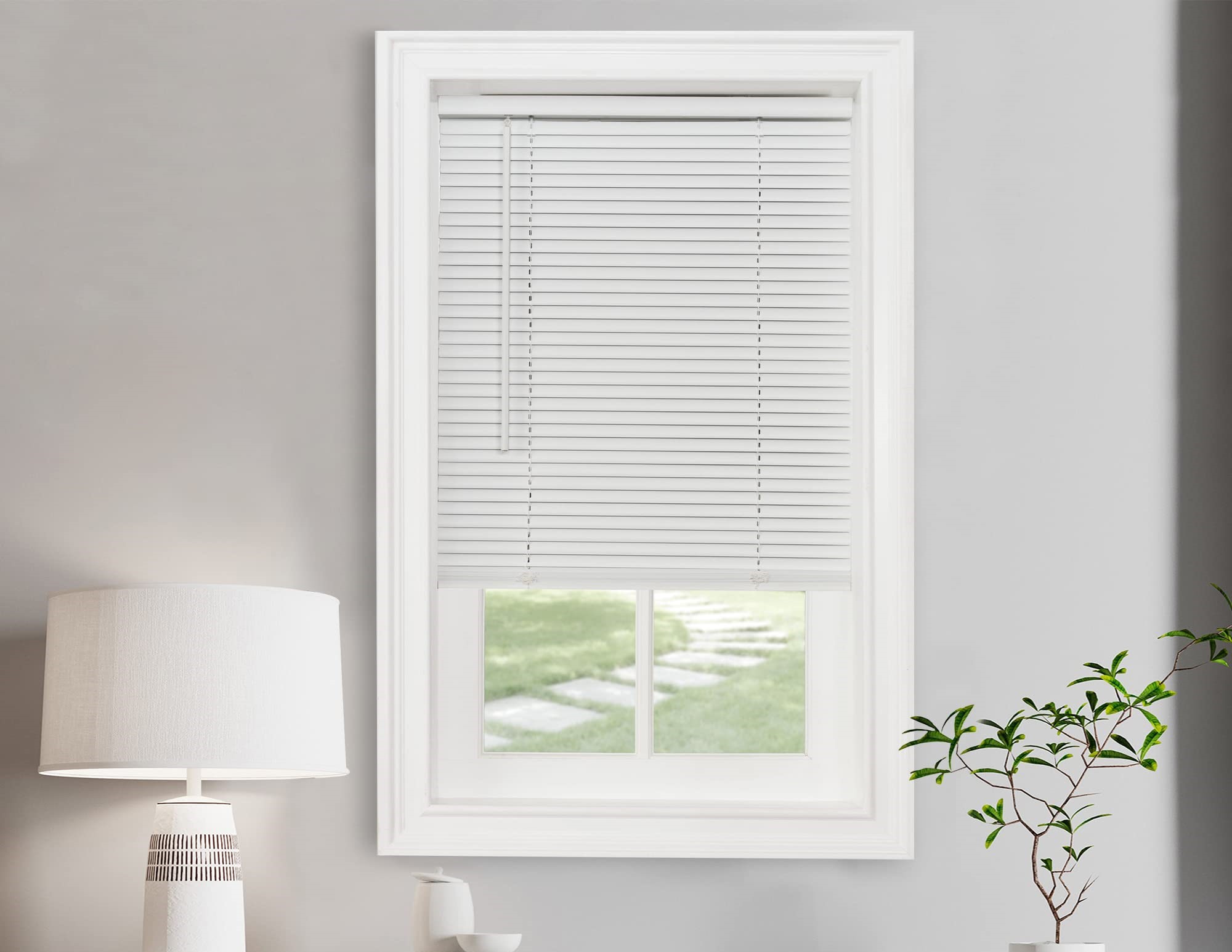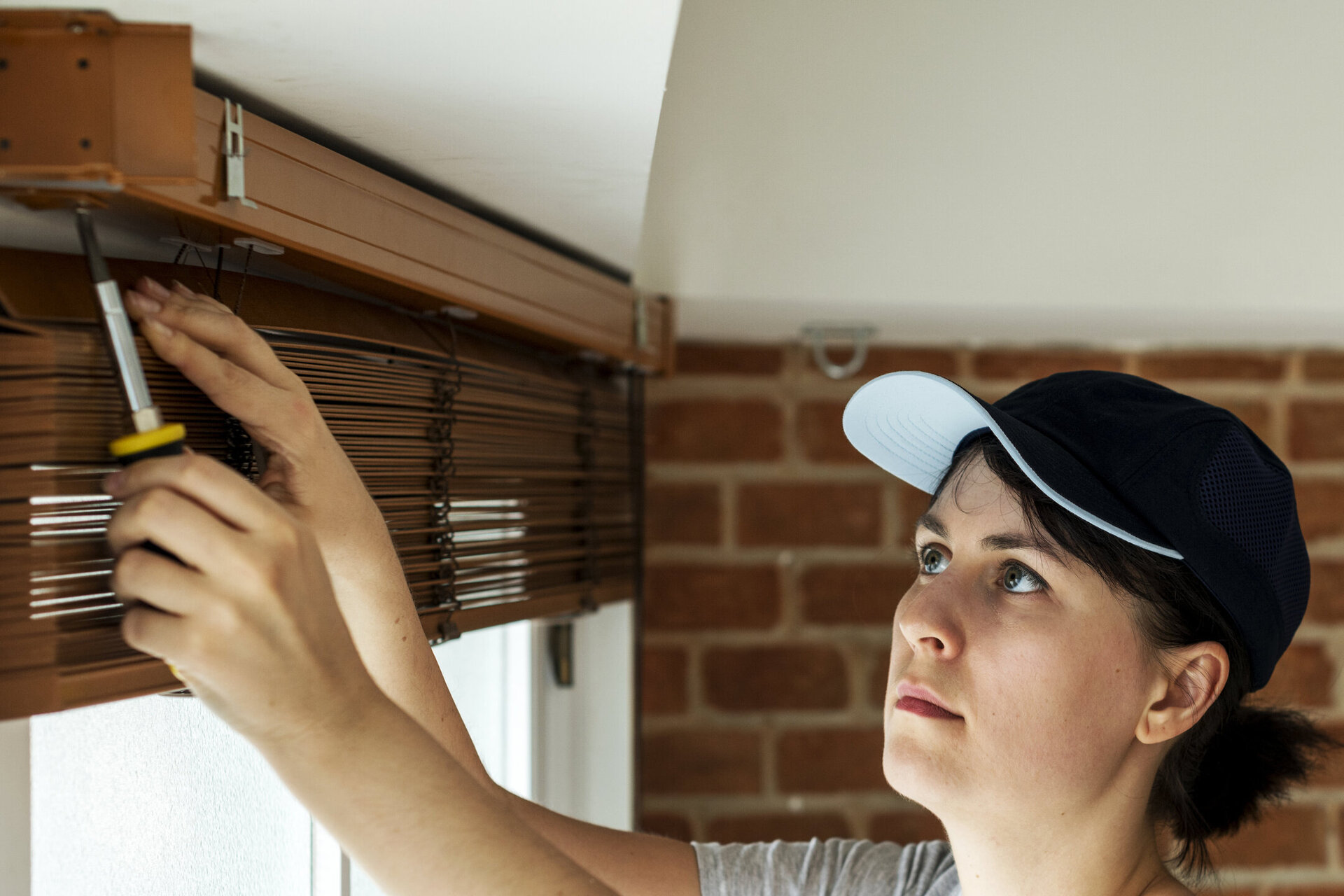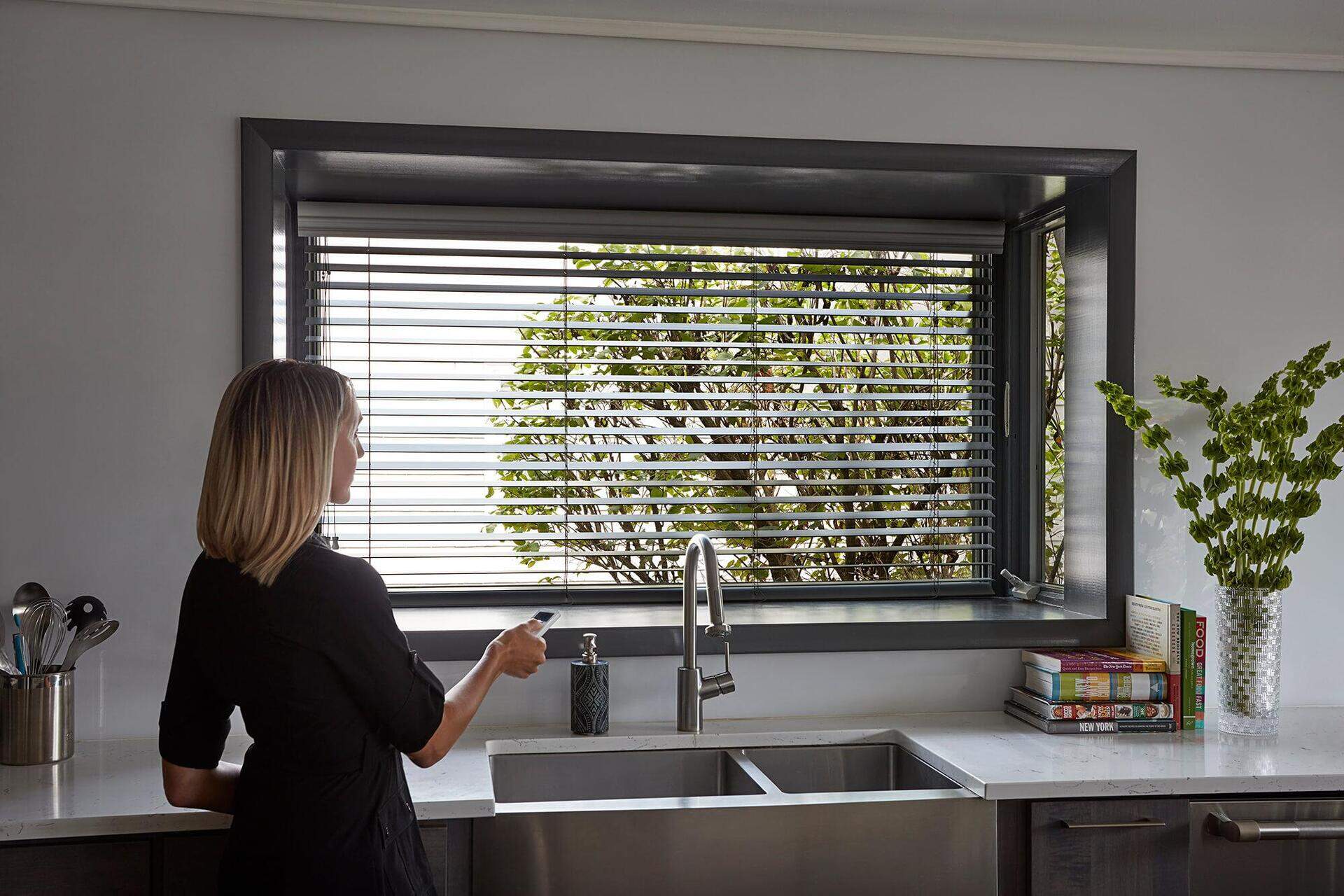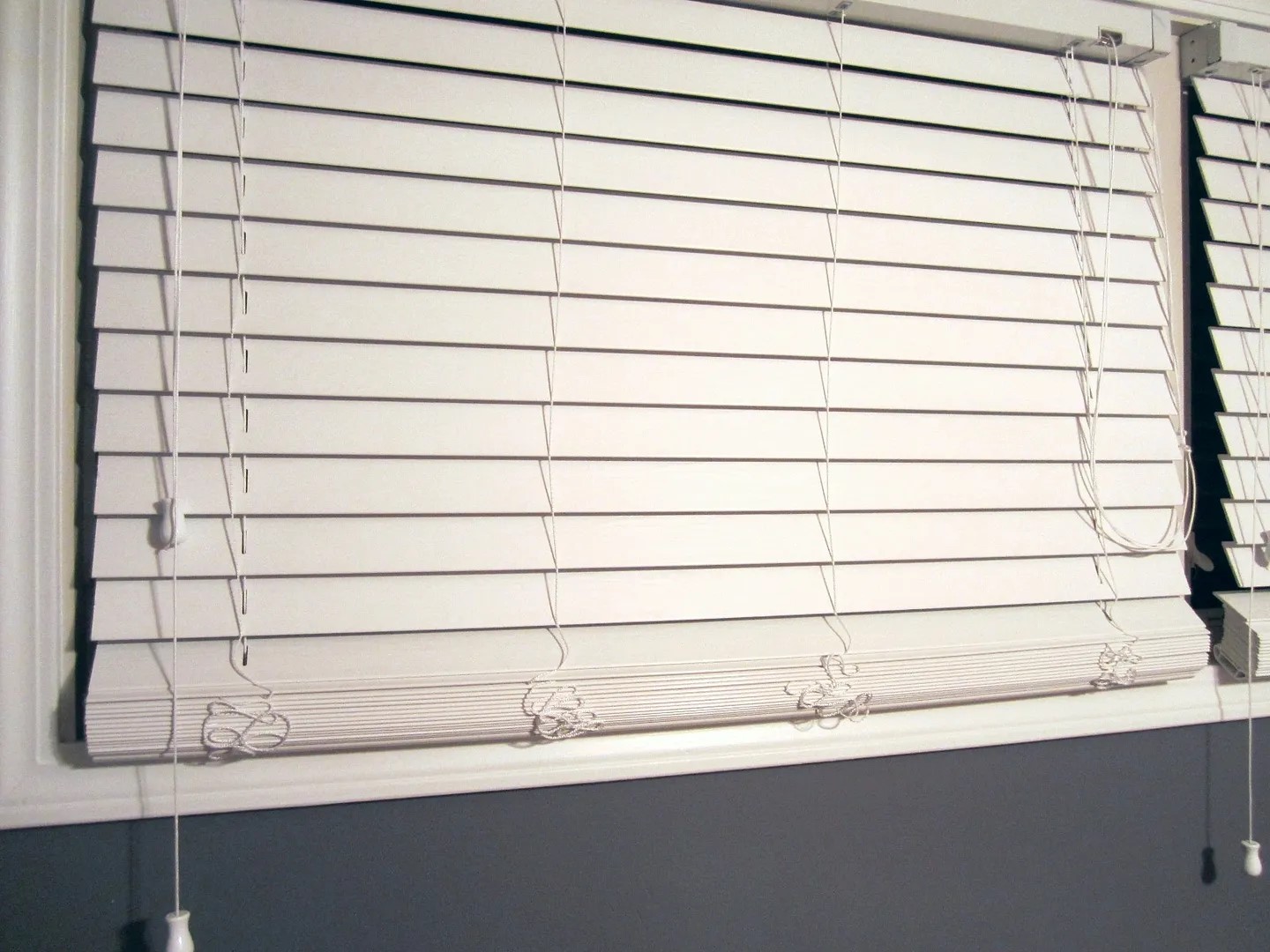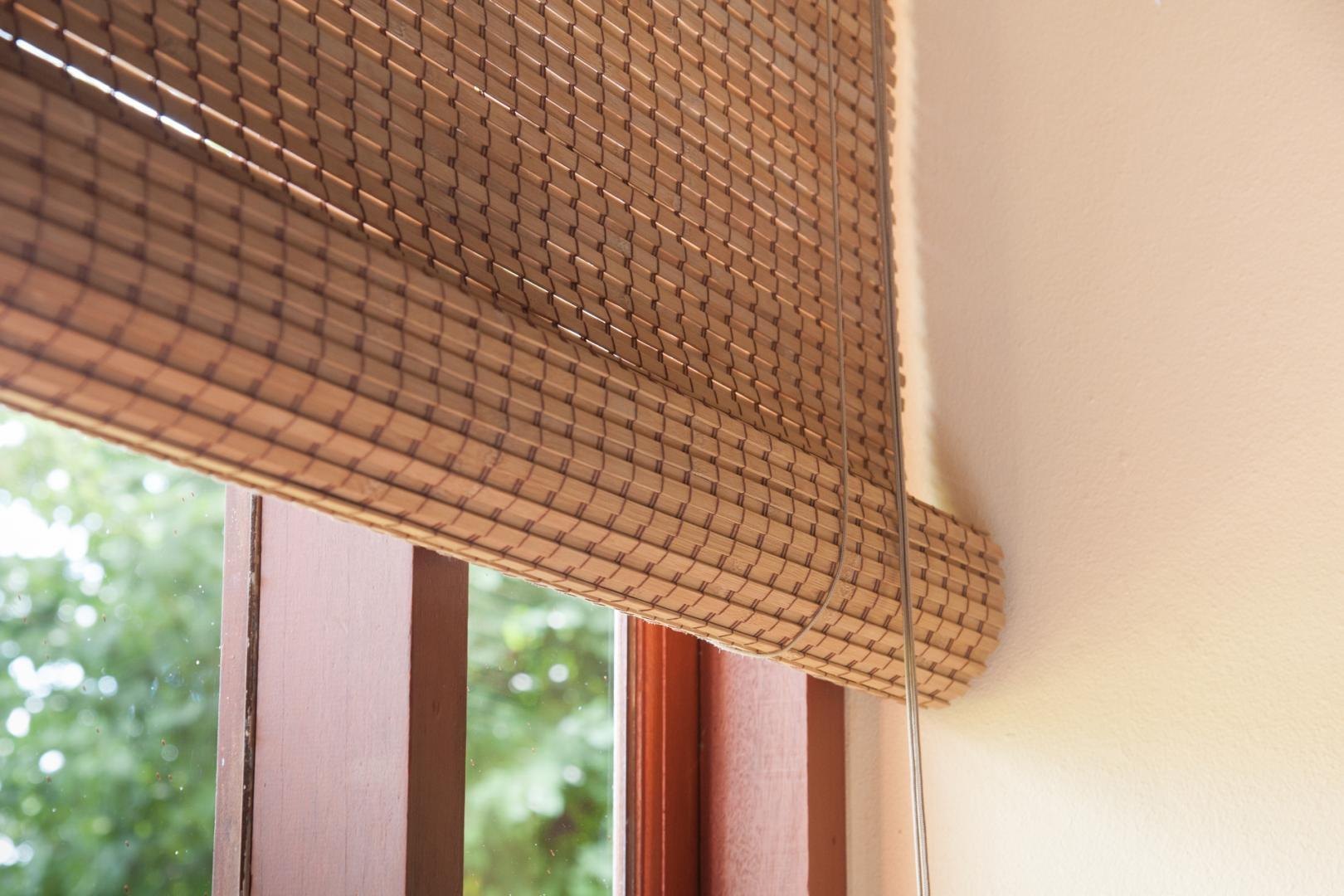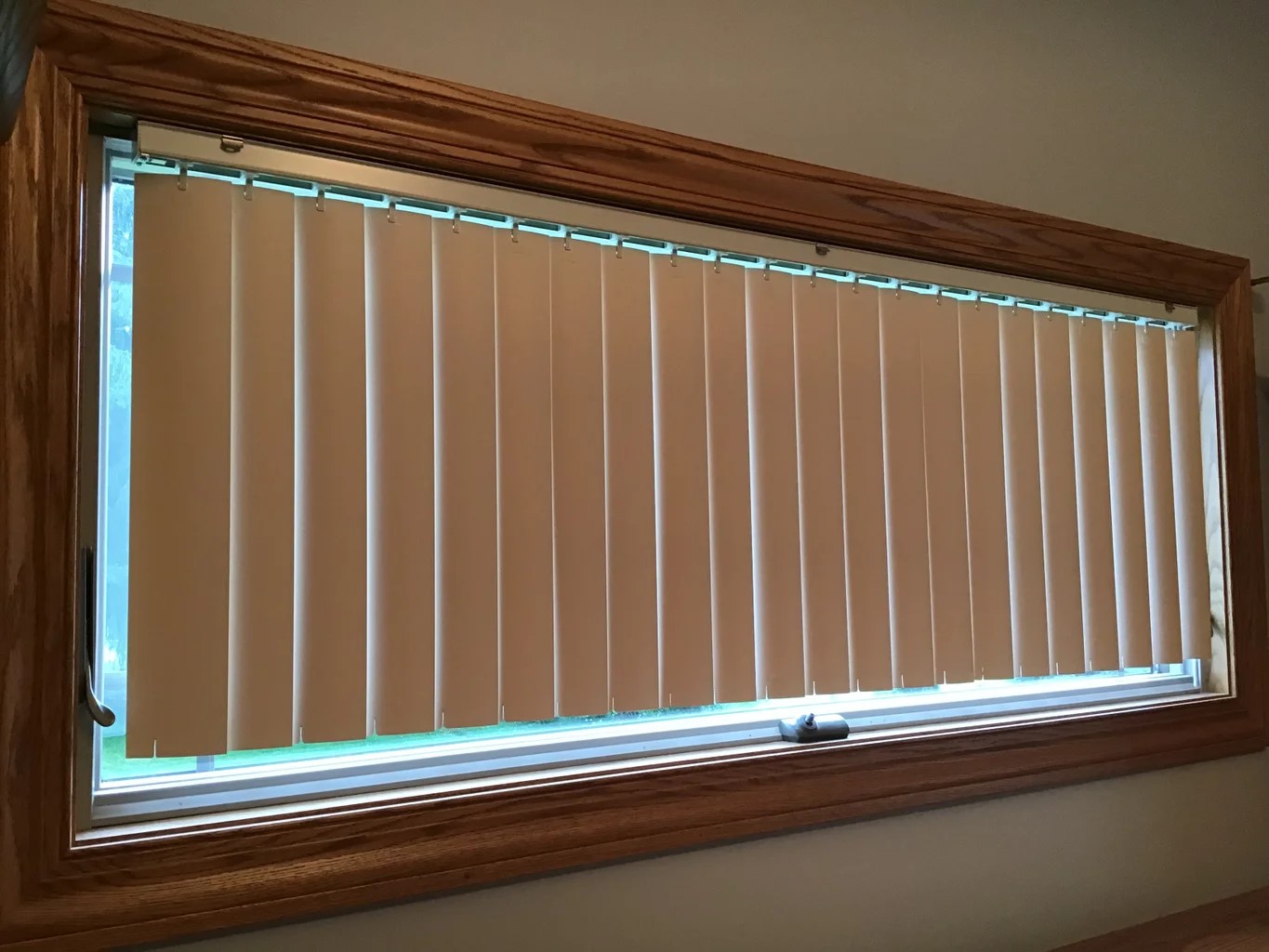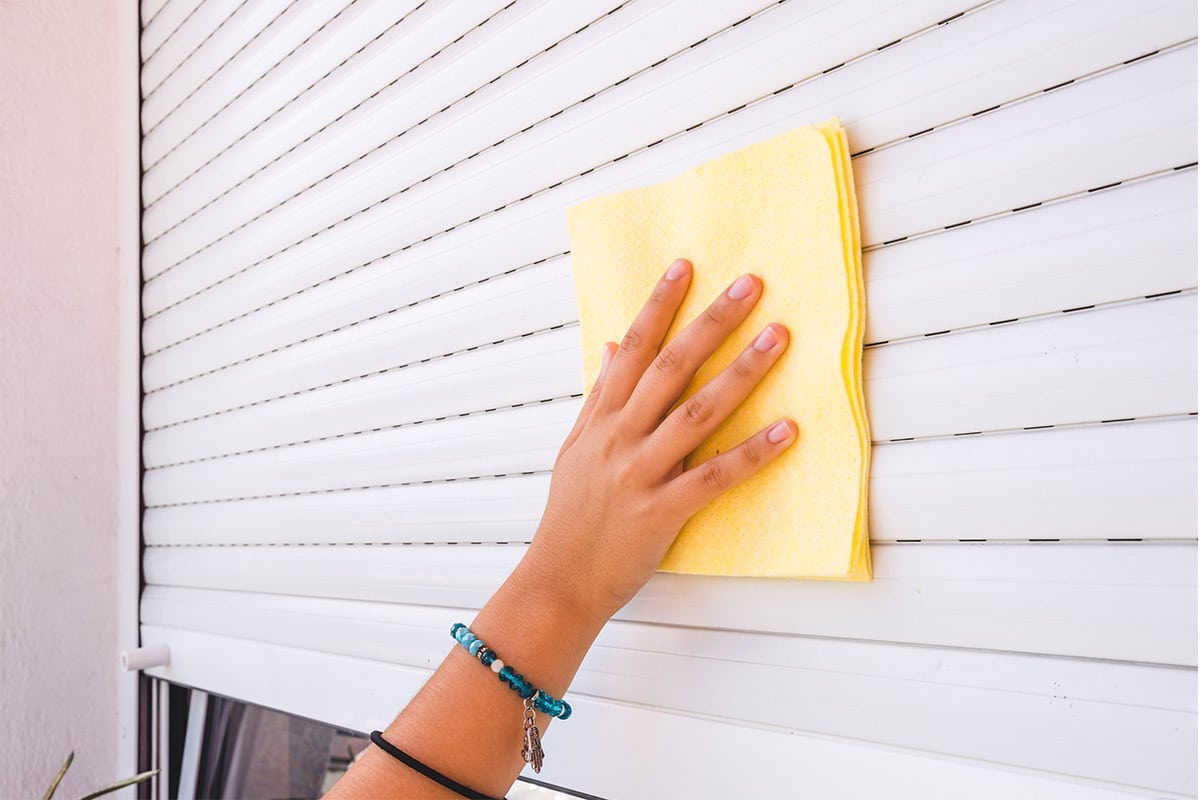

Articles
How To Measure For Horizontal Blinds
Modified: February 29, 2024
Learn how to accurately measure for horizontal blinds with our informative articles. Get expert tips and guidance for a perfect fit every time.
(Many of the links in this article redirect to a specific reviewed product. Your purchase of these products through affiliate links helps to generate commission for Storables.com, at no extra cost. Learn more)
Introduction
Welcome to our comprehensive guide on how to measure for horizontal blinds. If you’re in the process of choosing new blinds for your windows, it’s essential to have accurate measurements to ensure a perfect fit and optimal functionality. Taking precise measurements is crucial whether you plan to install the blinds inside or outside the window frame.
Measuring for horizontal blinds may seem like a daunting task, but we’re here to break it down step by step and make it as simple as possible. By following our instructions and using the right tools, you’ll be able to measure your windows accurately and confidently order the blinds that will transform your space.
In this guide, we’ll walk you through the entire measuring process, discussing both inside and outside mount options. Whether you’re looking to replace your old blinds or outfit your new home, these steps will help you achieve professional results.
Before we begin, make sure you have the necessary tools on hand:
- Measuring tape or metal ruler
- Pencil or pen
- Paper or notepad for recording measurements
Now that you’re prepared, let’s dive into the first step of measuring for horizontal blinds: measuring the inside mount width.
Key Takeaways:
- Accurate measurements are essential for a perfect fit when installing horizontal blinds. Whether inside or outside mount, follow our step-by-step guide to ensure your new blinds enhance the aesthetics of your windows.
- Consider material, color, and style when ordering blinds, and don’t forget to account for specific features like light filtering and privacy options. Enjoy the transformation process and create a more stylish living space!
Read more: How To Restring Horizontal Blinds
Step 1: Measure the Inside Mount Width
When measuring for inside mount horizontal blinds, you’ll be installing the blinds within the window frame. This creates a clean and sleek look, as the blinds will be neatly tucked away inside the window casing. To get started, follow these simple steps:
- Begin by measuring the width of the window opening at three different points: the top, middle, and bottom.
- Record the smallest measurement of the three. This ensures that the blinds will fit properly within the narrowest part of the window frame.
- For accuracy, measure in inches or centimeters, depending on your preference or the unit of measurement commonly used in your region.
- Double-check your measurements to avoid any errors. It’s always a good idea to measure twice to be certain.
For example, if the top measurement is 36 inches, the middle measurement is 35.5 inches, and the bottom measurement is 36.25 inches, you would use 35.5 inches as your inside mount width.
Note: It’s important to measure the width of the window opening rather than the width of any existing blinds or coverings. This will ensure an accurate fit for your new blinds.
Once you have obtained the inside mount width, you can proceed to the next step: measuring the inside mount height.
Step 2: Measure the Inside Mount Height
After measuring the width, it’s time to measure the inside mount height for your horizontal blinds. Follow these steps to ensure precise measurements:
- Measure the height of the window opening at three different points: the left side, middle, and right side of the window.
- Record the tallest measurement of the three. This ensures that the blinds will fit properly within the highest part of the window frame.
- Just like with the width measurement, it’s best to use inches or centimeters for accuracy.
- Double-check your measurements to avoid any mistakes. Repeating the measurement will help ensure accuracy.
For example, if the left side measurement is 60 inches, the middle measurement is 59.5 inches, and the right side measurement is 59.75 inches, you would use 60 inches as your inside mount height.
Remember, when measuring the height, it’s essential to measure the window opening rather than any existing window coverings. This will guarantee the blinds fit properly within the space.
Now that you have the inside mount width and height measurements, you can move on to measuring for an outside mount.
When measuring for horizontal blinds, always use a steel tape measure for accuracy. Measure the width at the top, middle, and bottom of the window, and use the longest measurement for the width. For the height, measure from the top of the window to the sill in three places and use the longest measurement.
Step 3: Measure the Outside Mount Width
If you prefer to have your horizontal blinds installed outside the window frame, follow these steps to measure the outside mount width:
- Decide how much overlap you desire on each side of the window. This is a personal preference and can vary depending on the amount of light or privacy you want.
- Measure the width of the window from the outermost edges where the blinds will be mounted. Include the desired overlap on each side.
- Record the measurement in inches or centimeters, whichever unit of measurement you prefer or is commonly used in your region.
- Repeat the measurement to ensure accuracy.
For example, if you want a 2-inch overlap on each side and the window width is 48 inches, you would add 4 inches to the measurement, resulting in an outside mount width of 52 inches.
Remember, when measuring for an outside mount, it’s important to consider any obstructions like window handles or trim that may affect the placement of the blinds. Make sure to account for these when determining the outside mount width.
Now that you have the outside mount width, let’s move on to the final step of measuring for horizontal blinds: measuring the outside mount height.
Step 4: Measure the Outside Mount Height
To complete the measurement process for outside mount horizontal blinds, follow these steps to measure the outside mount height:
- Decide how much overlap you desire above and below the window. This will determine the height of your outside mount blinds.
- Measure the height from the top of the window frame to the desired point below the window, including the desired overlap above and below.
- Record the measurement in inches or centimeters, based on your preferred unit of measurement or the commonly used unit in your region.
- Repeat the measurement to ensure accuracy.
For example, if you want a 4-inch overlap at the top and bottom, and the distance from the top of the window frame to the desired point below the window is 60 inches, you would add 8 inches to the measurement, resulting in an outside mount height of 68 inches.
Remember to consider any obstructions such as window sills or trim that may affect the placement of the blinds. Make sure to account for these while measuring the outside mount height.
Once you have the outside mount width and height measurements, you’re ready to order your horizontal blinds confidently knowing they will fit perfectly in your space.
Conclusion
Congratulations! You have now successfully learned how to measure for horizontal blinds. By following our step-by-step guide, you can ensure that your new blinds will fit perfectly and enhance the aesthetics of your windows.
Whether you choose to install the blinds inside or outside the window frame, accurate measurements are crucial. Measuring the inside mount width and height allows for a seamless and clean appearance, while outside mount measurements provide flexibility and the opportunity to create a statement look.
Remember to use a measuring tape or metal ruler, record your measurements accurately, and double-check for any errors. Taking precise measurements will help you to avoid the inconvenience of returning incorrectly sized blinds.
When it comes time to order your blinds, it’s essential to consider the material, color, and style that best suit your needs and personal taste. Remember to also take into account any specific features, such as light filtering, privacy options, or motorization, depending on your preferences.
Once your blinds arrive, installation is the next step. Following the manufacturer’s instructions and using the correct tools will ensure a smooth and successful installation process.
We hope this guide has been helpful in empowering you to measure for horizontal blinds with confidence. Enjoy the process of transforming your windows and creating a more functional and stylish living space!
Frequently Asked Questions about How To Measure For Horizontal Blinds
Was this page helpful?
At Storables.com, we guarantee accurate and reliable information. Our content, validated by Expert Board Contributors, is crafted following stringent Editorial Policies. We're committed to providing you with well-researched, expert-backed insights for all your informational needs.

